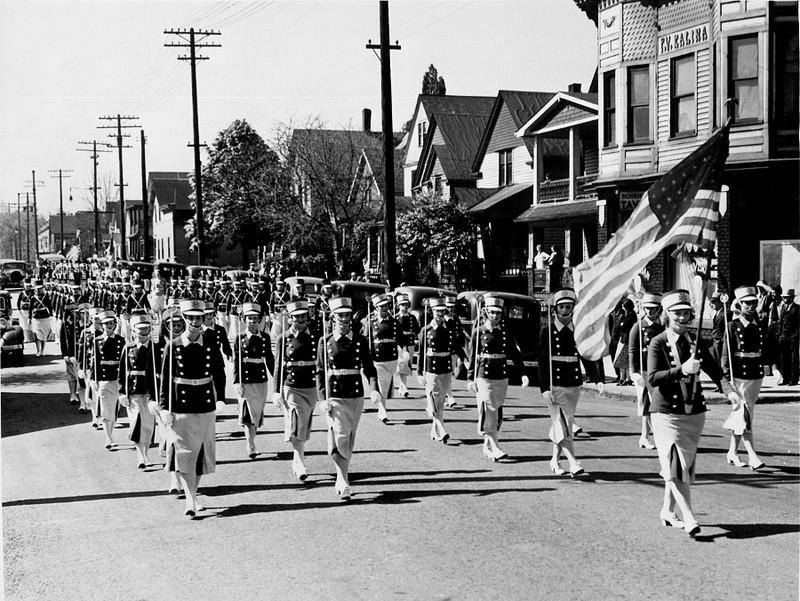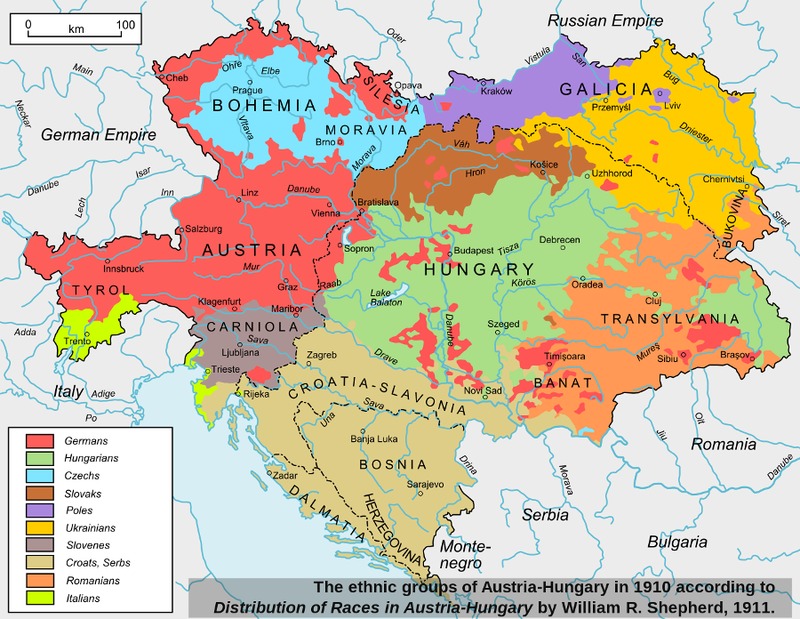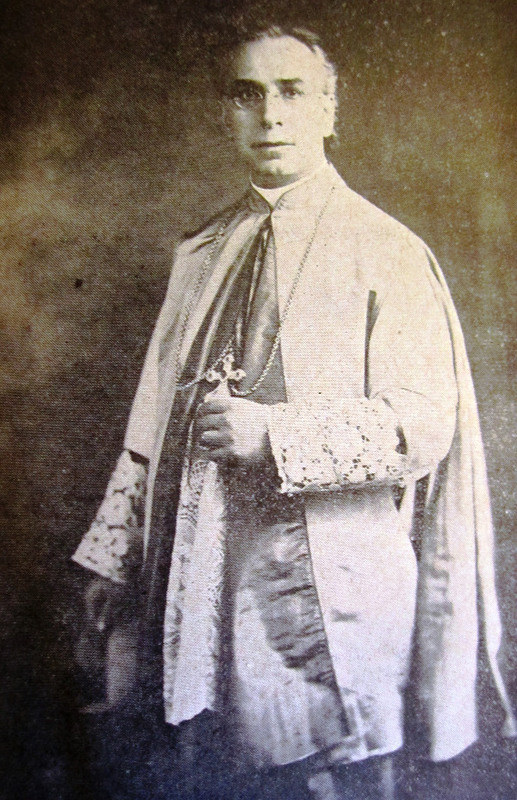The Isle of Cuba
Cleveland's West Side Czech Neighborhood in its Early Years

In 1895, Hugo Chotek, a Czech-American journalist who lived in Cleveland, wrote a history of the city's early Bohemian (Czech) community. To learn about the origins of the community's west side settlement, south of the Walworth Run, he interviewed surviving pioneer settlers, including 73-year old Maria Novak, who had come to the west side--then Brooklyn Township, as a young woman in 1853. Maria painted a bleak picture of the social life there, far away from the much larger Bohemian settlement that had developed on the east side, near Broadway Avenue. "Our social life was dire with little if anything in the way of entertainment," she told Choteck.
Perhaps the years had clouded Maria's memory or perhaps she was referring only to those very first years of the west side settlement, which, according to the United States census, numbered only 13 families in 1860, but then grew to more than 100 families by 1870. What is certain, however, is that once the Cleveland newspapers around 1867 began reporting on the settlement, which they referred to as the "Isle of Cuba," no one in Cleveland imagined it as a place lacking in entertainment.
For the last three decades of the nineteenth century, Cleveland newspapers routinely reported on the wild Bohemians of the Isle of Cuba who danced to harmonica music in the saloons and dance halls scattered about their west side neighborhood, occasionally drank too much beer, and sometimes engaged in knife fights with predictably unhappy endings. (Author's note: Given the centrality of saloons in the early days of the community, I selected the original location of one of the saloons--Link's, on what today would be the northeast corner of Clark Avenue and West 47th Street, as the site of this story.)
In 1882, the Cleveland Leader wrote that this neighborhood was called "Isle of Cuba" because of the periodic overflows of the Walworth Run and its tributaries which flooded the area and left the high grounds in a shape that some thought looked like the Caribbean island. But most Clevelanders, given what they had been reading in the local papers, probably thought it was because the neighborhood was isolated from the rest of the city and was populated by Slavic immigrants with strange customs, who more than occasionally engaged in rowdy behavior.
Also contributing to this view of the neighborhood in this period were reports by the local newspapers, especially the Cleveland Leader, of the long running battle between church officials and the lay parishioners of St. Procop Roman Catholic Church on Burton (West 41st) Street, on the eastern edge of the Isle of Cuba. The Leader characterized this battle, which lasted from the mid-1870s until the late 1880s, as one between a dictatorial Slavish church and an open-minded lay population. It called upon Cleveland's Protestant ministers to conduct "missionary work" among the west side Bohemians. From time to time thereafter, the paper commented on the spiritual progress that these ministers were making in that community.
As the nineteenth century was winding down, the news stories about rowdy Bohemian adults on the Isle of Cuba gradually were replaced with stories about rowdy juvenile gangs. During the Spanish-American War, one neighborhood gang called the "Cubans" regularly conducted battles against a gang on the other side of the Walworth Run aptly named the "Spaniards." A few years later, when the British were fighting the Boers in South Africa, these same boys--or their younger brothers, renewed their battles under the gang names of the "Britons" and the "Boers."
Over the decades, the neighborhood name "Isle of Cuba" morphed into "Island of Cuba," then to "Little Cuba," and then to the "Cuba District" or just simply "Cuba." And finally, at least according to Cleveland newspaper accounts, the name became passé in the late 1920s. By then, the west side Bohemians, along with the Germans, Slovaks, Irish, Italians and other ethnic groups living in the area, had created a mature neighborhood with retails shops up and down Clark Avenue, industrial businesses throughout the neighborhood, and durable neighborhood institutions, including, in addition to St. Procop's Church and other Christian denominational churches, Ceska Sin Sokol Hall, and Mravenec Building and Loan Association, later known as People's Savings and Loan Association. No longer was it considered to be a place isolated from the rest of Cleveland.
Images








